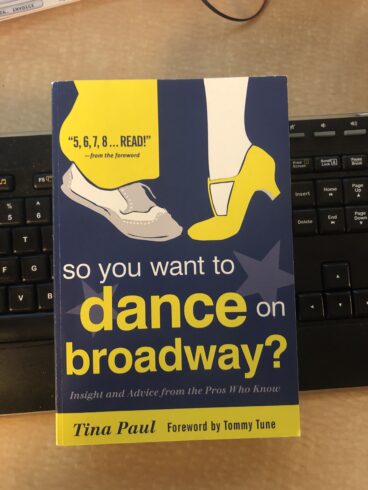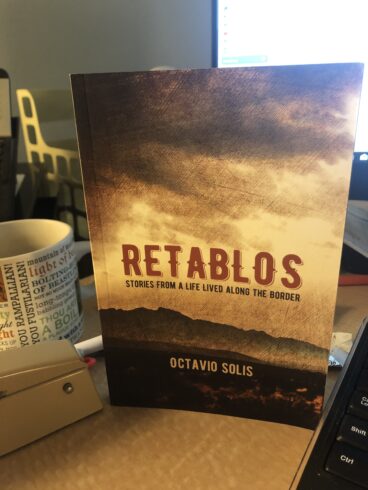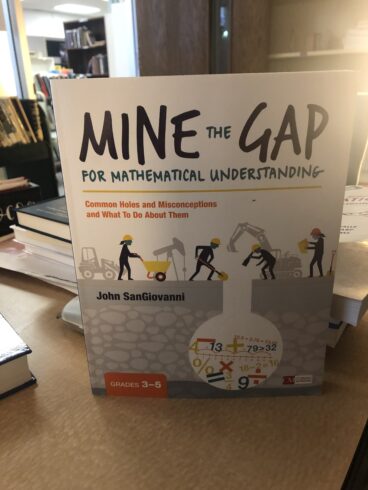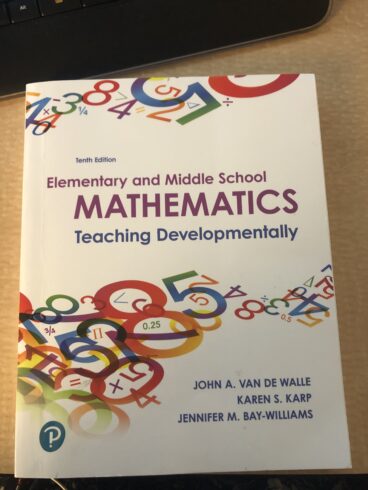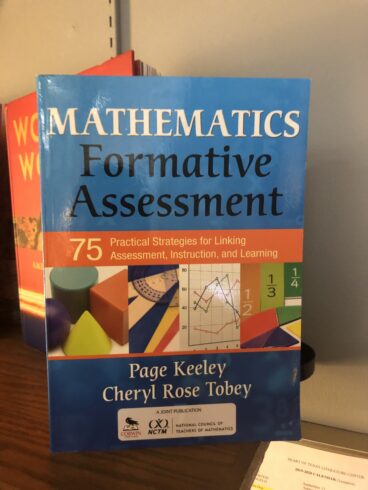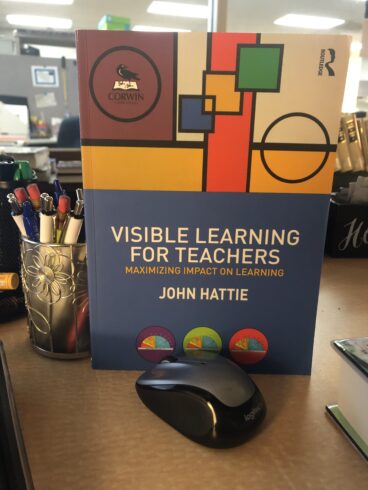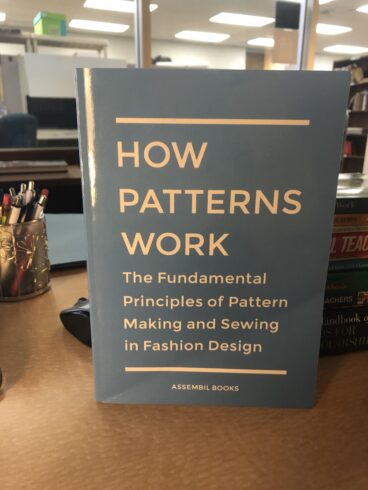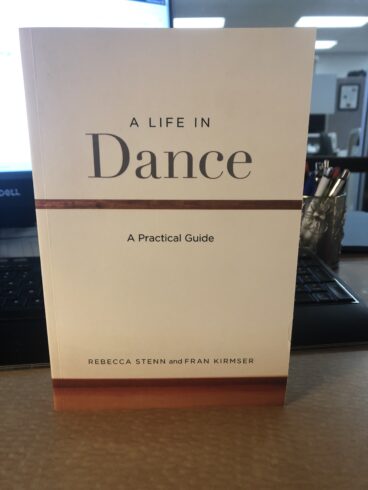
Rebecca Stenn and Fran Kirmser have spent decades supporting and encouraging young dancers. They know that in addition to the immense passion and commitment that a dancer needs, working knowledge of the financial and practical aspects of a life in dance are equally important. With A Life in Dance, Stenn and Kirmser give you resources to help you book rehearsal space, obtain a legal representative and a taxpayer, find auditions, apply for grants, acquire health insurance, meet photographers, agents, publicists, and consultants, pay off student loan assistance, and begin financial planning.

